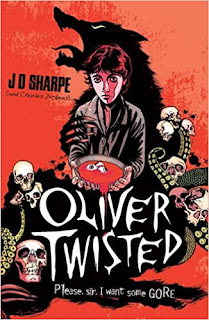Jeannie Waudby

DIVER’S DAUGHTER by Patrice Lawrence
12 year old Eve and her mother scrape by in dangerous 16th century Southwark. Eve’s mother Joan learnt to dive as a child in Mozambique, before she was kidnapped and taken to Portugal. Although she escaped, she and Eve are not safe from the greedy eyes of those who wish them harm.
When they travel to Southampton to dive for gold from a wreck, they find friends both false and true and dodge multiple dangers in their cruel and unstable country. The terror of the slave trade runs through this story like the dark London river, but Eve is brave and resourceful – a true adventurer.
I stayed up late to finish this gripping book.
100 GREAT BLACK BRITONS by Patrick Vernon and Angelina Osborne

Entries from previous centuries include actor Ira Aldridge, nurse and war heroine Mary Seacole, anti-slavery campaigner and author Mary Prince, leader of the London Chartist movement William Cuffay and George III’s wife and consort Queen Charlotte – her cottage is featured in an earlier Timetunnellers video. It is a fascinating read.
Ally Sherrick

It shines a light on the lives of ten men and women of African descent who lived and worked in England during the reigns of the Tudor and Stuart monarchs. From Jacques Francis, salvage diver (see Jeannie’s picks for a fantastic fictional story inspired by him) at the wreck of the Mary Rose and Diego the circumnavigator, manservant to Sir Francis Drake to Cattelena of Almondsbury, a woman of independent means who sold milk and cheese from the cow she owned to her neighbours in her village in rural Gloucestershire. Each portrait combines to provide a vivid picture of Black lives lived free in Renaissance England, and the attitudes to race and slavery of the wider society in which they moved, before the English became heavily involved in the slave trade. My own personal favourite, is John Blanke, royal trumpeter, who played at King Henry VIII’s coronation and who received a wedding gift from the king when he married.
For a brilliant article including a summary of each of the individuals featured visit: blackhistorymonth.org.uk
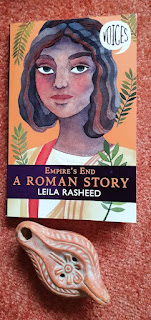
Son of the Circus: A Victorian Story by E. L. Norry
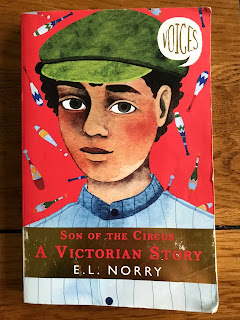
Little Leaders: Bold Women in Black History, written and illustrated by Vashti Harrison
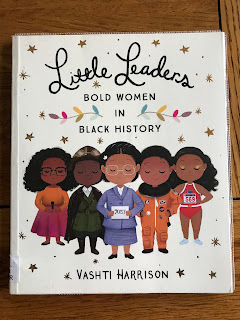
Susan Brownrigg
A Nest of Vipers by Catherine Johnson
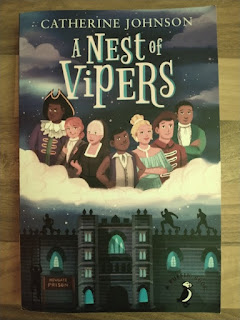
Cato is locked up in Newgate Prison, a notoriously vile institution, awaiting his execution.
The story then rewinds a year and switches to third person. Where we learn that Cato is part of a team of con artists and pickpockets under the tuition of ‘Mother Hopkins.’
This time their target is a cruel slave owner.
The story has lots of twists and turns, and I was on the edge of my seat as I turned the pages to find out if Cato would escape prison.
Johnson brings the period vividly to life. I especially enjoyed the mention of the Frost Fair and the Russian with a bear and squirmed at the depictions of squalor. The book shows the contrast between those who have money and those who do not. I also really liked the characters, especially Cato and Prince Quarmy.
The Mighty Miss Malone by Christopher Paul Curtis.

The story is told by Deza Malone – a fabulously chatty, ambitious 12-year-old whose family is uprooted and torn apart after a terrible accident. The Malones face a run of bad luck and one character’s down spiral really brings home the mental health impact on families in the 30s. There are several very moving scenes, and the ending had me in tears.
I am in awe at Curtis's skill in creating voice, and Deza is a character you won't forget.
Barbara Henderson
The first book I would like to recommend is Windrush Child by Benjamin Zephaniah, a writer I have long admired for his poetry and his contemporary books for young people. The novel is about Leonard, a boy from Jamaica whose father sailed to Britain on the famous ship Empire Windrush after the end of the Second World War. Leonard and his mother reluctantly follow, leaving the boy’s beloved Grandma behind. Leonard is unprepared for the cold, both in the British weather and the hostile attitudes he encounters in so many aspects of everyday life. Leonard’s character gives us a real glimpse into the injustices faced by the Windrush generation and, unforgivably, their children, and I so admired their resilience. Historical fiction at its best, making us think about the country we were, the country we are, and the country we hope to be.


